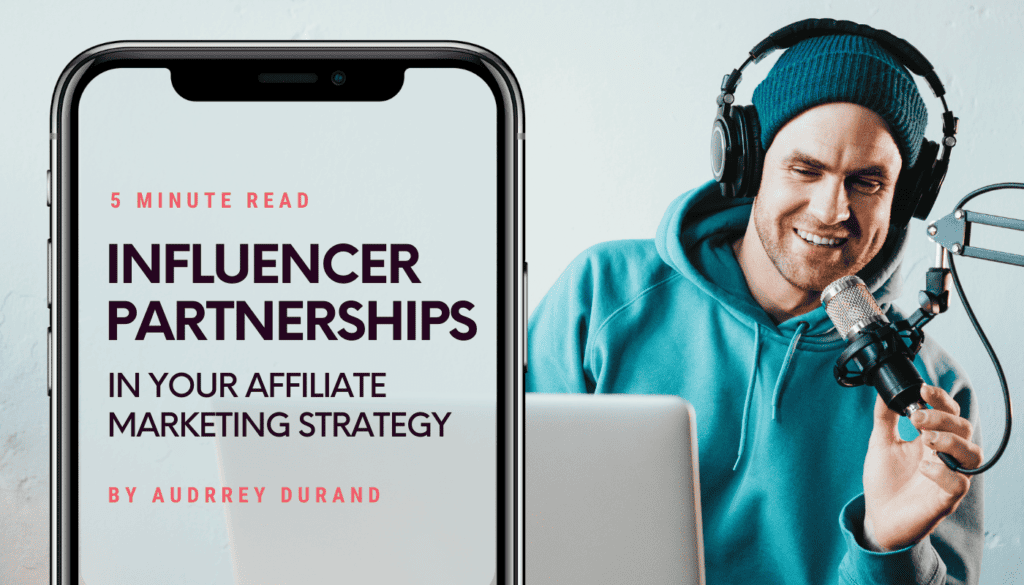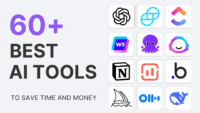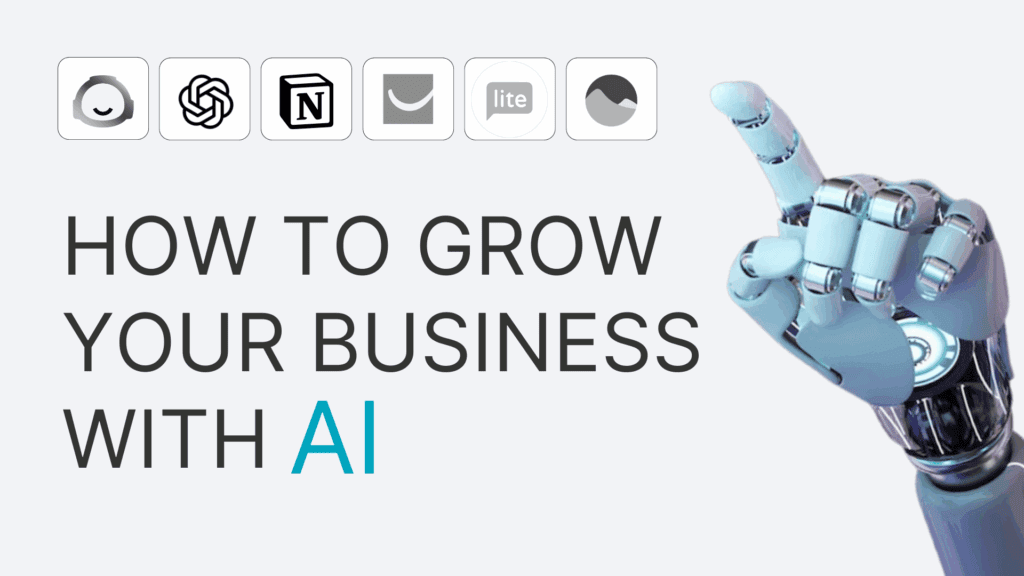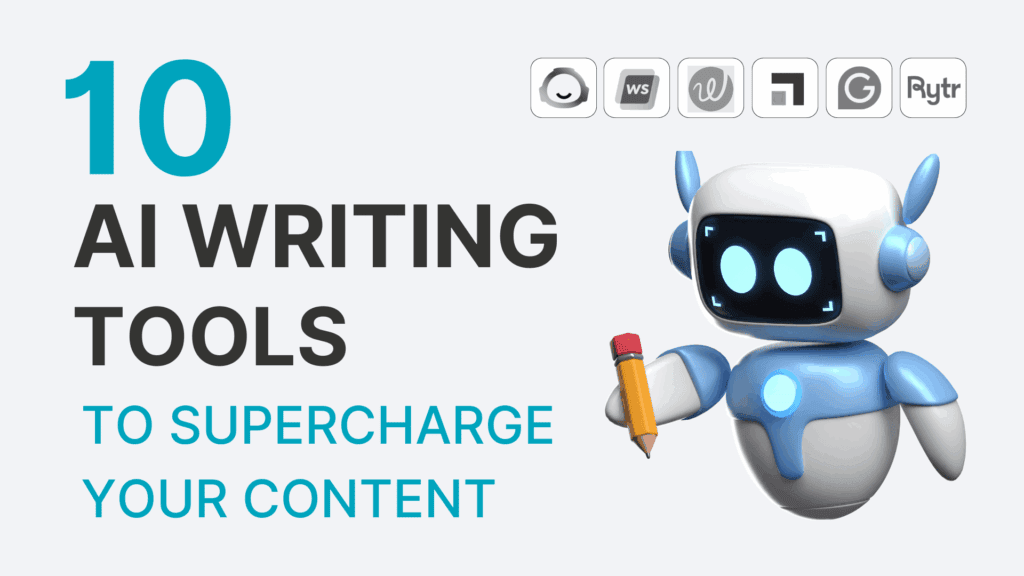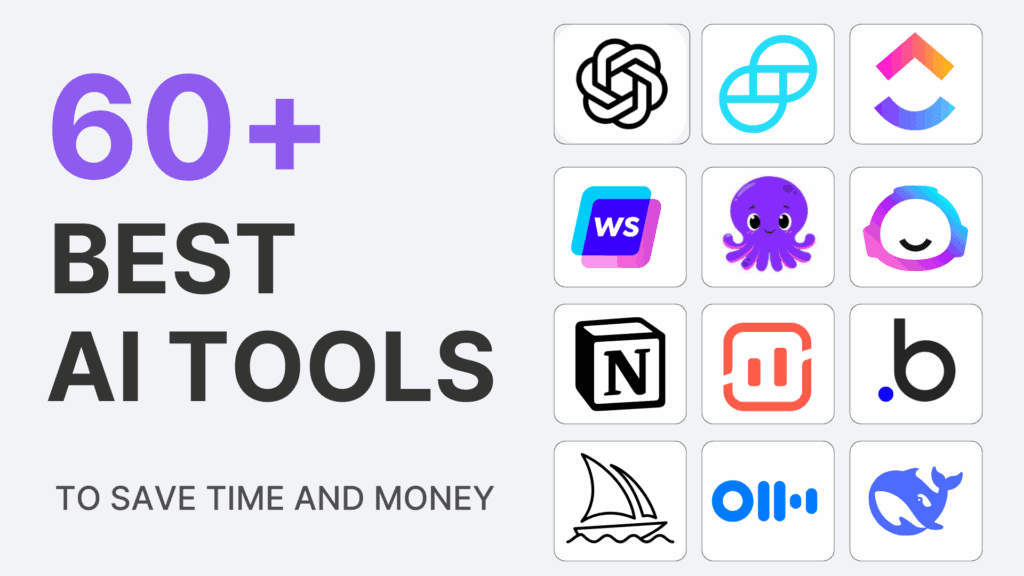In today’s fast-paced digital landscape, affiliate marketing has emerged as a powerful tool for merchants and online businesses to promote products and services and diversify revenue in a profitable way.
However, simply working with traditional content editorials, media outlets, coupons, deals sites, and loyalty partners is no longer enough to guarantee long-term success. To stand out in this competitive market, digital marketers and affiliate managers are turning to influencer partnerships as a trusted lever in a full-funnel partnership strategy to boost affiliate marketing efforts.
In this article, we will review why and how digital marketers can leverage influencer marketing within their affiliate marketing strategies.
Understanding the Power of Influencer Marketing
Before we explore the synergy between influencer and affiliate marketing, let’s first review the benefits of working with influencers to reach new audiences and build brand awareness;
1. Influencers bridge the trust gap: influencers have the unique ability to build trust with their followers. They know their audiences, they understand how to engage with them, and they “speak” their language. When they endorse a product or service, their audience is more likely to consider it as a credible recommendation, reducing skepticism and increasing the likelihood of engagement and conversion.
Influencers’ and creators’ audiences don’t buy a product, they buy a solution.
2. Expansive reach: influencers have substantial and engaged following bases across various social media like Meta, TiktoK, SnapChat, X, and Reddit. They also have a larger presence within in-platform or in-network solutions such as Amazon Influencer storefronts, or in sub-affiliate networks such as LTK. This allows merchants, brands, and advertisers to tap into diverse niches and target audiences that align best with their products or services.
3. Authentic content creation: Influencers excel at crafting authentic, relatable, and engaging content. Their promotion of products often feels more like a recommendation from a friend than a traditional advertisement. Influencers and creators know what’s best for their audience and can repurpose brand partner’s messaging into meaningful stories, product experiences, and discoveries that will better resonate with their audiences.
4. Data-driven insights: Marketers and affiliate managers can use data analytics tools to measure the performance of influencer campaigns. This data provides valuable insights into the ROI and the effectiveness of their partnership. Brands and retailers should start taking advantage of working with influencers on evergreen campaigns, usually more catered to traditional affiliates, and build a performance-based relationship with them that can be measured and tracked through the full path-to-purchase funnel.
Building the Intersection between Influencer and Affiliate Management
As publishers and advertisers evolved over the past few years, it is now easier to measure the performance of creators and influencers in building engagement and boosting brands’ signals by using tracking links in social media to expand partnerships with traditional influencers.
The emergence of performance-based models with influencers has risen as social media platforms developed new products and solutions to combat ad price increases and natural decline in ad effectiveness.
This now allows digital media experts to unlock new investment structures with brands, excited to get access to more measurable partnerships while adjusting to the upward trends in the creator partnership economy.
Affiliate managers, digital experts, and advertisers can build this new revenue stream using performance-based models such as bonuses, pay-per-post, and revenue-share models with creators. They can also utilize the affiliate network capabilities and new product technologies to track every partnership and solidify affiliates, creators, and emerging partners with traditional affiliates through integrated solutions in platforms.
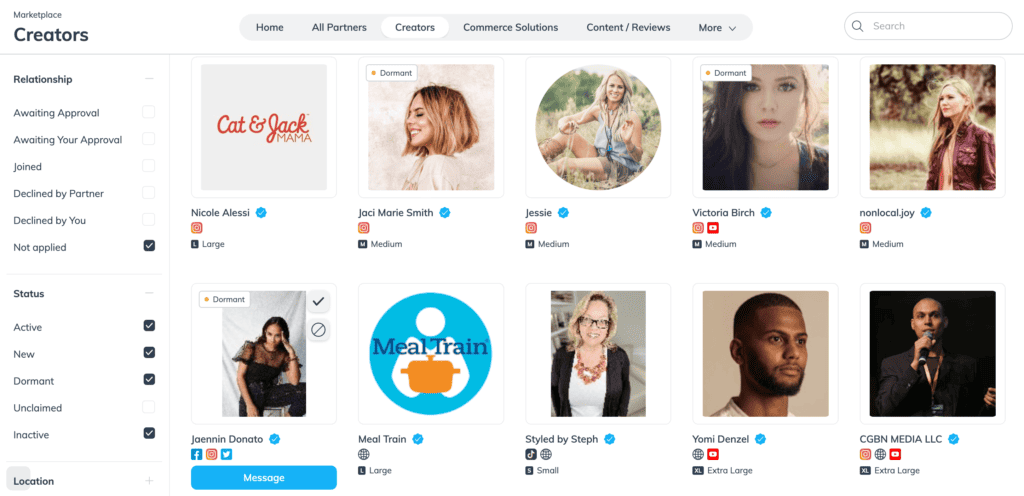
Mid-tier, micro, and nano influencers and creators are being more open to being compensated on a performance-based model. Especially entrepreneurs or content creators working solo and who want to build their own business through audience monetization and build a new revenue stream while doing what they do best; building and engaging with their audiences.
Let’s review how brands can integrate these partnerships with influencers and creators into your affiliate mix while maximizing their investment.
Integrating Influencer Partnerships into your Affiliate Marketing Strategy
Now that we understand the potential of influencers and creators in supporting top-of-funnel initiatives, brand awareness, and demand generation, let’s discuss how to integrate influencer partnerships into your affiliate marketing strategy effectively.
The collaboration between influencer and affiliate teams gets more and more overlapped as the creator and partnership economy emerges as the 3.0 earned media model brings incrementality, and profitability, yielding long-term results for ecommerce and brands looking to scale in the 2020s.
Therefore, whether you manage partnership marketing in-house or outsource management to PR, Influencers, and affiliate agencies, it is important to cross-train both teams into shared goals, outcomes, and unifying technologies and capabilities to build bridges between the two practices.
In our guide about how to Build a Cost-Effective Affiliate Program for Your Brand and Solidify Your Partnership with PR?, we reviewed how affiliate and PR teams can align customer needs with brands’ overarching goals utilizing a full-funnel approach that combines segmented commission structures for affiliates and high-funnel coverage powered by content publishers.
The approach to integrating influencers’ and creators’ relationships into your affiliate marketing program is quite similar in the intent and it is usually approached to support growth strategies for mature affiliate programs.
The goal is to diversify media partners, formats, content, and touchpoints between top and mid-to-lower funnel stages to drive more incremental results.
Choosing the right influencers is paramount to a successful partnership as brands and advertisers investing in building collaboration with influencers need to release control to creators and focus on finding influencers whose niche, audience, and values best align with their values. Here’s how to do it:
- Define your target audience to ensure you have a clear understanding of your target audience. Identify influencers’ demographics, interests, and pain points. This will help you find influencers who will resonate best with the brand.
- Research potential influencers using influencer discovery tools and social media platforms to identify potential influencers. Look at their content, engagement rates, and the quality of their followers. It’s essential to verify the authenticity of their followers to avoid falling for fake profiles or bots.
- Check for brand alignment collaborating with influencers who share your brand’s values creates a more authentic partnership.
- Assess influencer credibility by analyzing their past collaborations, content quality, and how they interact with their followers. Authenticity and trustworthiness are key factors in the success of influencer partnerships.
Once you get to that point in your influencer strategy and goals, it will be time to tie in these goals to your affiliate marketing goals and start building engagement with this segment of your affiliate portfolio. Setting clear goals is essential in any marketing strategy. Depending on the mix of partners you partner with, influencers will help support the following overarching goal and allow you to gather measurable data to analyze further investments;
- Increased Brand Awareness:
- Traffic Generation
- Content Creation
- Sales Generation
Successful influencer partnerships are built on collaboration and transparency. Therefore digital marketers and affiliate program managers should work closely with influencers to create a cohesive strategy that aligns with both your affiliate marketing goals and the influencer’s style.
To maximize the potential of influencer partnerships, it’s crucial to continuously monitor and measure their performance. You can use various metrics and tools to gauge success, including:
- Keeping a close eye on the affiliate links provided to influencers to track the number of conversions and the revenue generated through their campaigns.
- Analyzing website traffic, click-through rates, and engagement metrics to evaluate the impact of influencer-driven traffic.
- Monitoring likes shares, comments, and follower growth on social media platforms. These metrics can provide insights into the campaign’s reach and engagement.
- Calculating the return on investment (ROI) by comparing the costs of the influencer campaign to the revenue it generated. This helps in determining the campaign’s profitability.
Conclusion
Influencer partnerships are a powerful addition to any affiliate marketing strategy. They bridge the trust gap, provide expansive reach, and generate authentic experiences through engaging content and formats.
By identifying the right influencers, setting clear goals, collaborating effectively, monitoring performance, compensating fairly, and adhering to legal guidelines, digital marketers can maximize the potential of influencers in affiliate marketing.
As digital marketing continues to evolve, influencer partnerships within affiliate marketing strategies remain a dynamic and effective lever for online businesses looking to reach their target audiences authentically and create future demand for their brand.
Partnership marketing is all about building relationships in, out, and through the ecosystem of publishers, creators, advertisers, and consumers.
Influencers are the #2 sources of inspiration for purchases.
For the full-funnel approach to partnership marketing, you should consider managing affiliates and publishers with a completed integrated approach that combines working with traditional affiliates, content publishers, and loyalty and deals partners and build collaborations with influencers and top-funnel creators that can amplify your reach and help you identity new audiences and segment of customers.
Your Success Starts With The Good Strategy!


